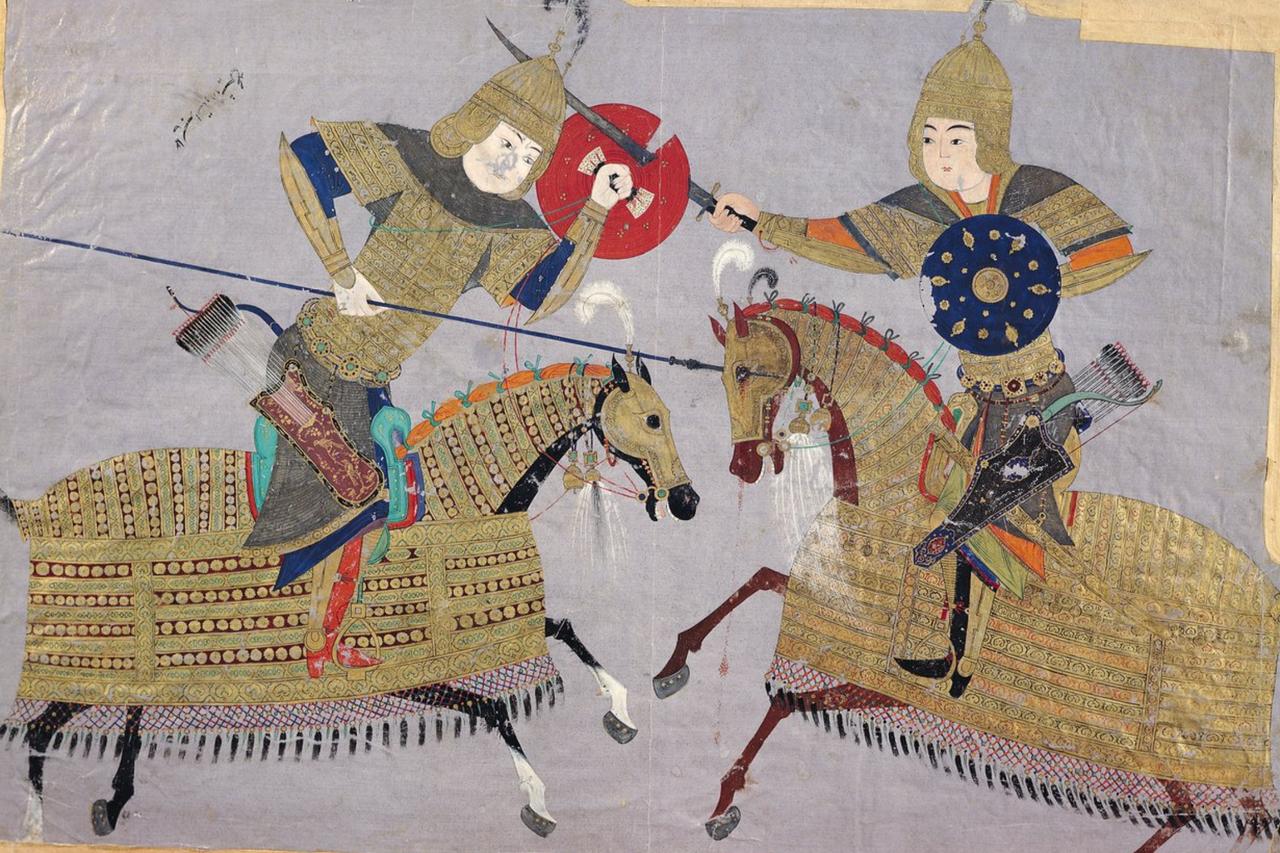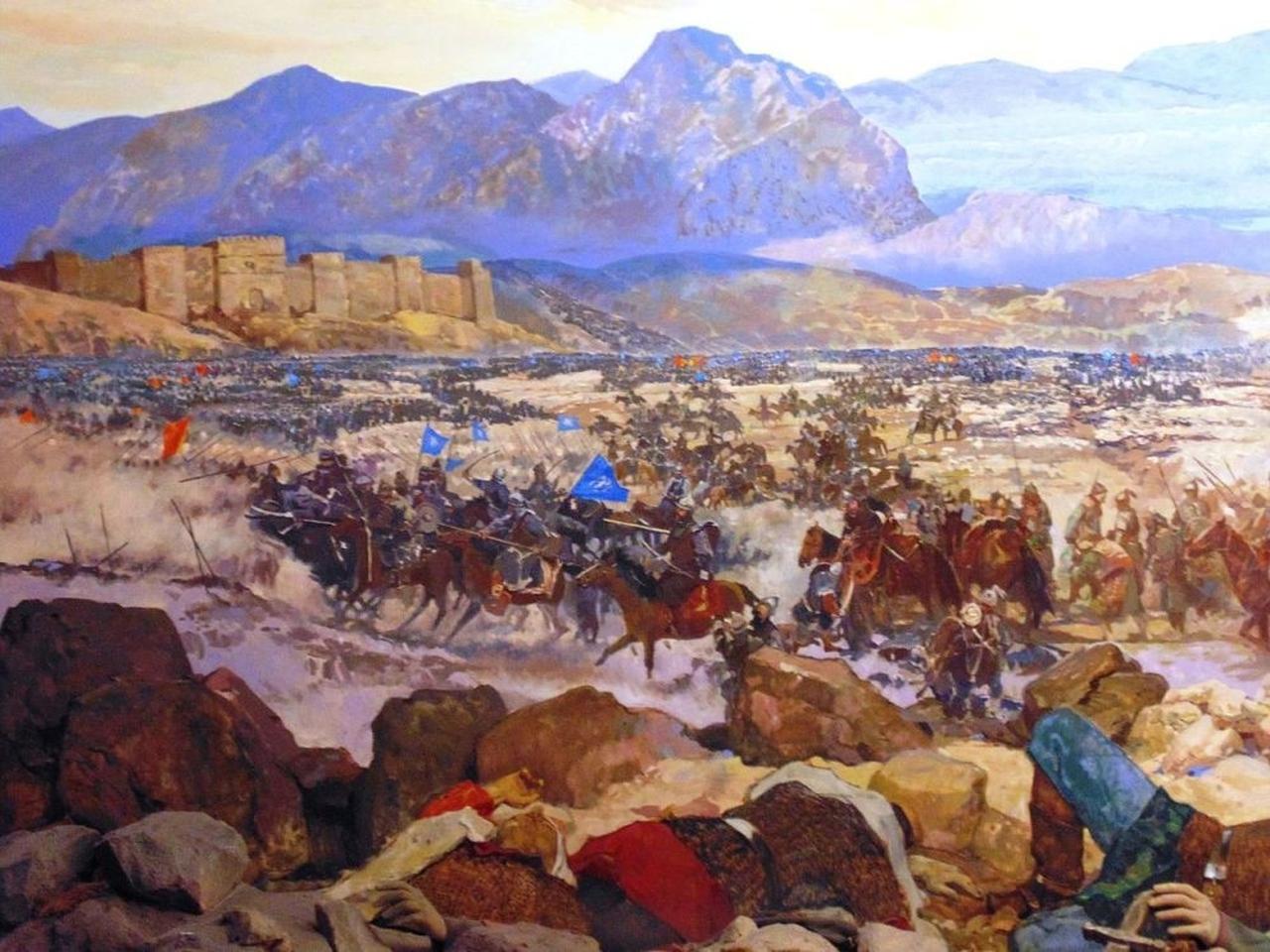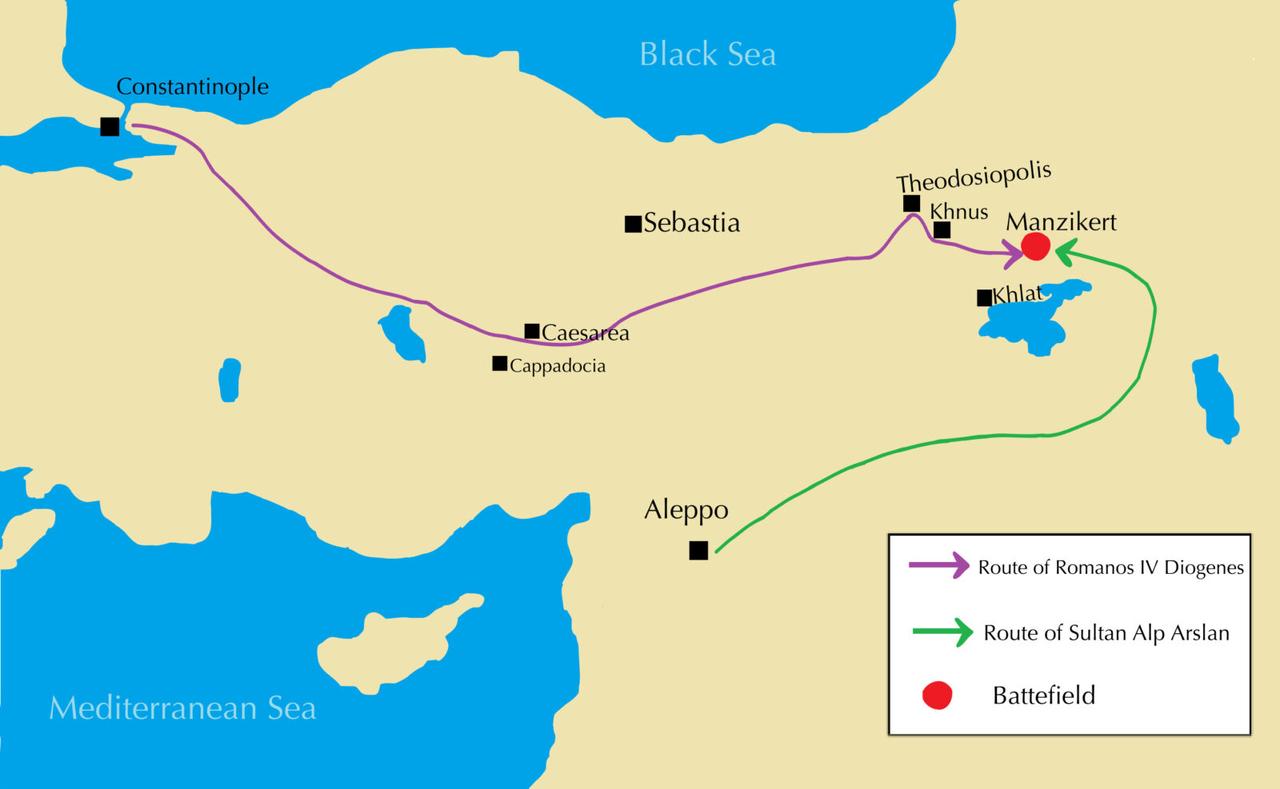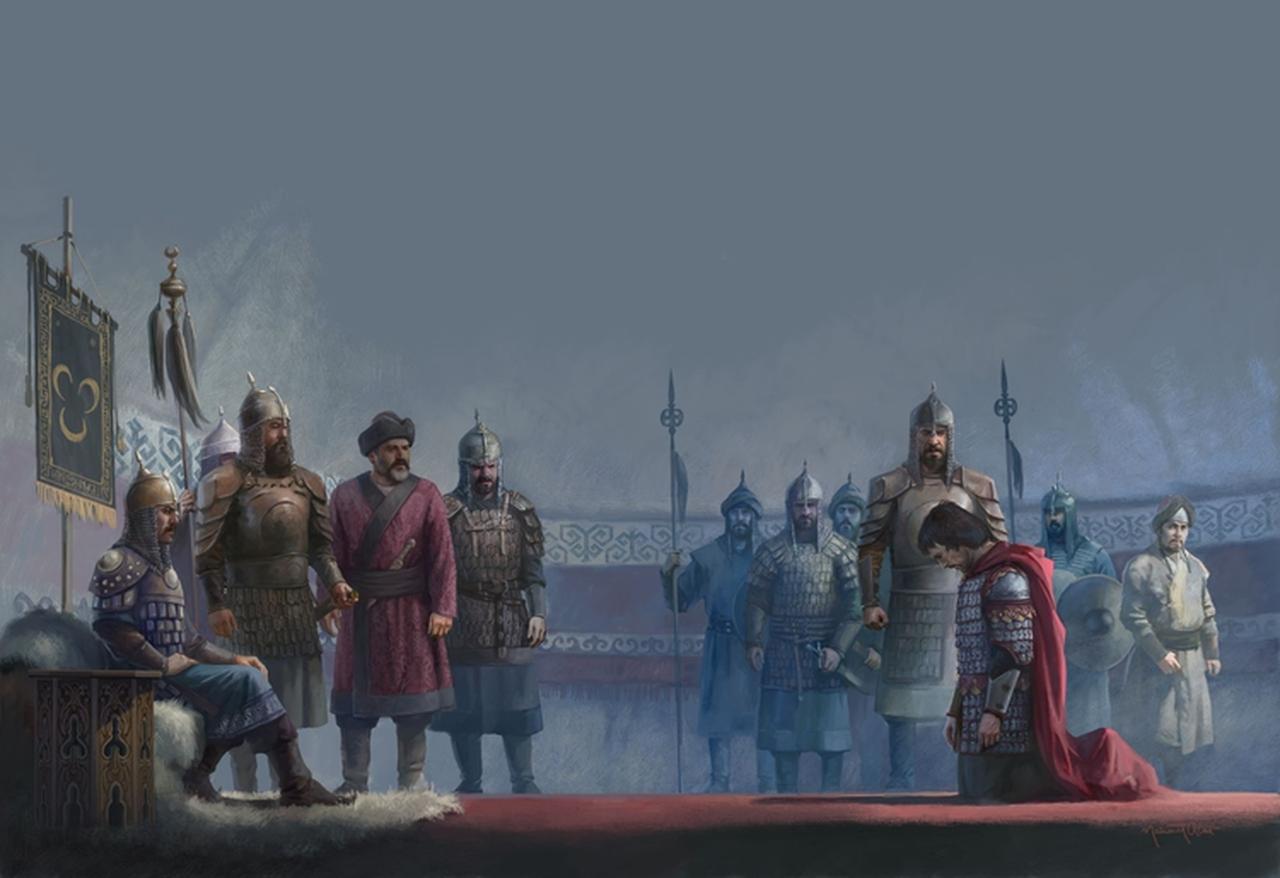
The short answer to whether Turks first came to Anatolia in 1071 is no. Long before the 1071 Battle of Manzikert (Malazgirt), Turkic groups had already pushed into Anatolia in waves, mainly as reconnaissance and raiding expeditions. What changed after 1071 was the purpose: earlier incursions probed routes and struck forts; later campaigns aimed to take and hold the land.

Sources trace the earliest Turkic entries to the Western Huns. Moving west out of Turkistan, they crossed the Caucasus and reached inner Anatolia in 395–396, advancing via Erzurum, the Karasu and Euphrates basins toward Malatya, then on to Cukurova, before turning back north to their homelands. These pushes did not attempt permanent settlement
In 516, the Sabar (Sibir) Turks swept in through Azerbaijan, raiding eastern and central Anatolia and pushing as far as Kayseri, Konya and Ankara before withdrawing by the same route. Later, Khazar forces crossed the Caucasus into Anatolia between 683 and 686 and toppled Arab emirates there.
Turkic groups also arrived from the Balkans. After a Byzantine victory in 530, part of the Bulgar Turks were transferred into Anatolia and resettled around Trabzon, the Coruh and the Upper Euphrates regions.
The Seljuk phase reshaped intent. In 1015–1021, Cagri Bey led famed reconnaissance rides from Khorasan through Azerbaijan into eastern Anatolia. Returning, he told Tugrul Bey: “I met no force here that could stand against us … we can head for the land I have reconnoitered, Anatolia.” These early rides stayed slow until after the Dandanakan victory opened the way from Iran into Anatolia.

Earlier Arab incursions failed for reasons the sources make clear: the Amanos and Taurus mountains, reinforced by fortified Byzantine passes, blocked advances from the south and southeast.
Two contrasts emerge: Arabs pressed the empire from the south and did not break through; Seljuk Turks pressed from the east and succeeded.
By the time Oghuz/Turkmen beys intensified their pushes, Byzantine Anatolia was fraying. A harsh feudal land regime and a failing tax system had impoverished people and triggered unrest, while garrison resistance weakened amid a political crisis. Chroniclers add that locals often opened their gates, noting Turks showed respect for belief and custom; Syriac Michael put it bluntly: “Turks did not interfere with anyone’s religion or faith.”
The Armenian plateau also shifted in this period. Before Manzikert, the Byzantine court dismantled the “Great Armenia Kingdom” and forced large relocations into inner Anatolia—about 40,000 people—reshaping loyalties and reducing resistance to later Turkic campaigns.
Turkmen forces typically followed river corridors that cut through mountain belts. Key paths ran along the Aras toward the Karasu and Kizilirmak valleys into central Anatolia; others tracked the Aras–Murat–Upper Euphrates toward Konya, or moved from the Kura across the Coruh–Kelkit–Upper Kizilirmak to Kastamonu and Cankiri, with branches to the Black Sea rim and the Van basin via Hoy–Bargiri–Ahlat.

Manzikert did not mark the first contact; it marked a pivot from probing to possession. One historian divides the story into three phases: the earliest Turkmen incursions, the planned conquests by the Great Seljuk army, and the expansions by the first Anatolian beyliks.
Read this way, 1071 sits between phase one and phase two, turning a long-running relationship into a lasting one.